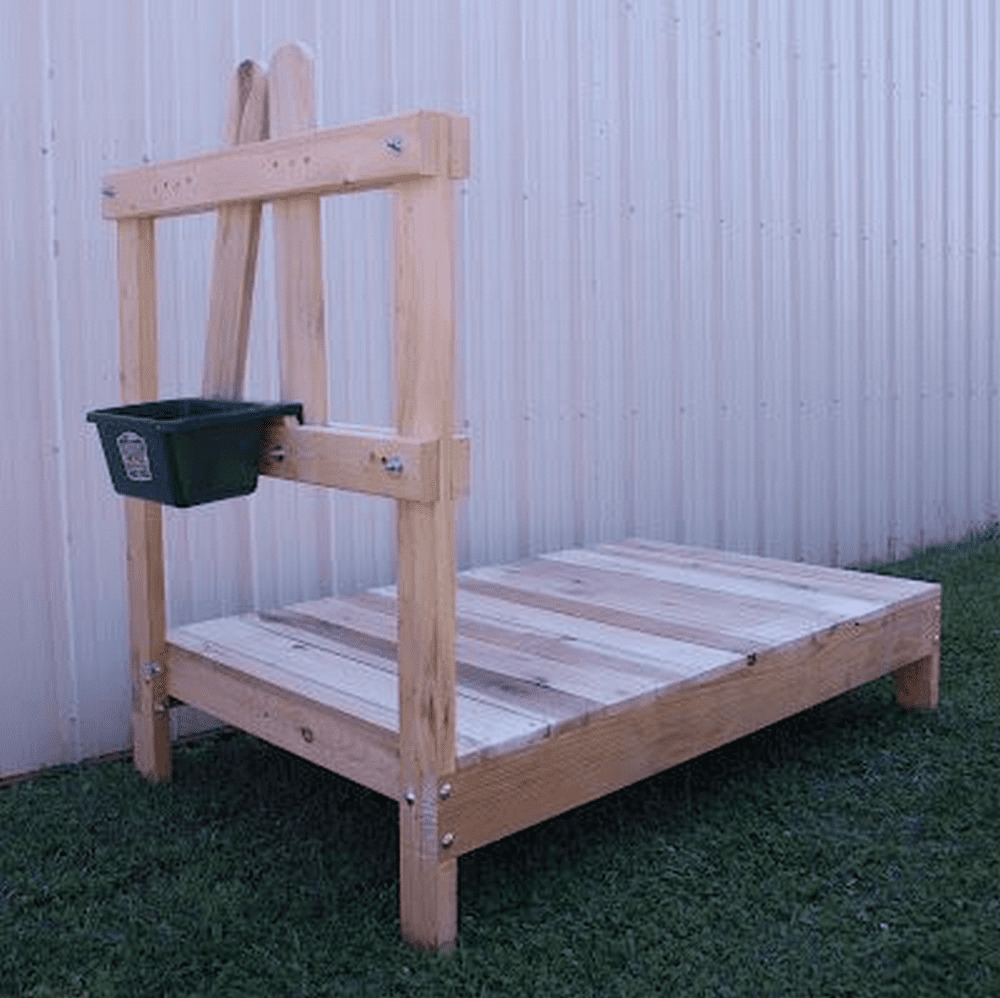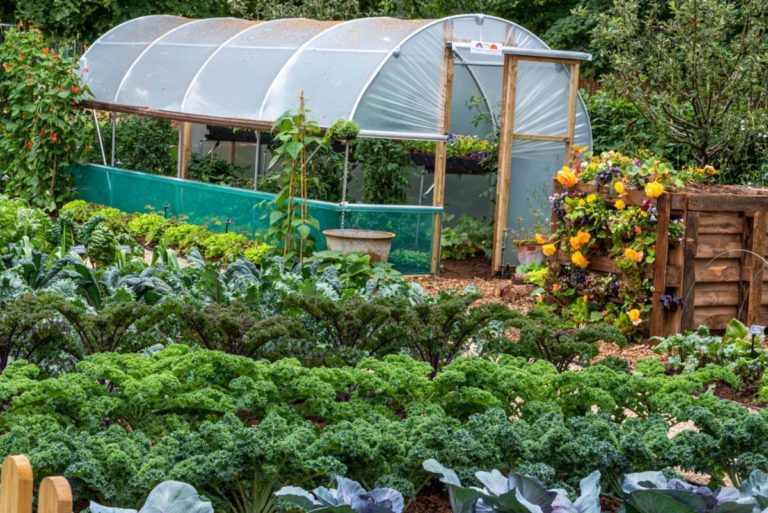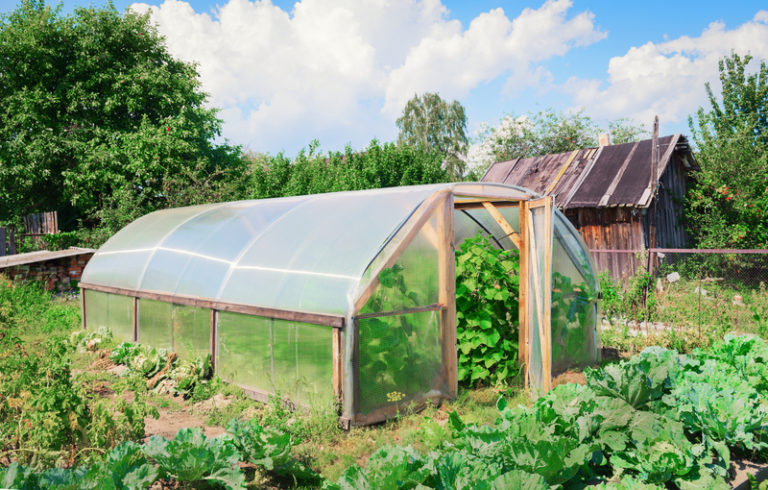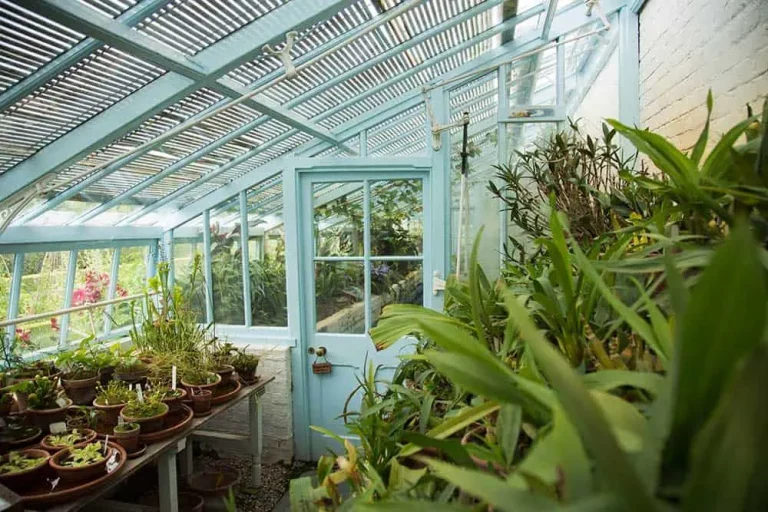If you’re an off-grid homesteader looking to add dairy production to your operation without breaking the bank, look no further than our guide on how to create a low-cost, DIY sheep milking stand.
With just a few simple materials and tools, you can build your own milkng stand that is both functional and affordable.
Our step-by-step instructions will walk you through the process of constructing this sturdy and efficient milking station, perfect for milking your beloved sheep in the comfort of their own home.
Whether you’re a seasoned homesteader or just starting out, our DIY milkng stand tutorial is sure to provide valuable insight into the world of off-grid dairy production.
Choose the right materials
Consider using locally sourced, reclaimed, or recycled materials for your milking stand to keep costs down and reduce your environmental impact.
Locally sourced, reclaimed, or recycled materials can be an excellent option for keeping costs down while also reducing your environmental impact.
For instance, using locally sourced lumber can not only save you money on transportation costs but also support local businesses and economies.
Choosing reclaimed or recycled materials can help reduce waste and minimize the demand for new resources, which can have a significant impact on the environment.
Furthermore, using reclaimed or recycled materials can also add unique character and charm to your milking stand, making it a standout feature on your farm.
For example, you could use reclaimed barn wood for the frame, which not only adds a touch of warmth and history but also helps to repurpose materials that would otherwise be wasted.
Similarly, using recycled plastic or metal for the milking stand’s components can not only reduce waste but also provide a durable and long-lasting structure.
In short, choosing the right materials for your milking stand is an important consideration that can have a significant impact on your budget, the environment, and the overall look and feel of your farm.
By opting for locally sourced, reclaimed, or recycled materials, you can create a functional and attractive milking stand that meets your needs while also supporting sustainable farming practices.
Design the stand for comfort
Consider the height and comfort of your sheep when designing the stand. They should be able to easily step onto the platform and have enough space to comfortably sit.
Designing a stand for comfort is a important aspect of creating a successful and stress-free show experience for your sheep.
When building the stand, it’s essential to consider the height and comfort of your animals.
First, ensure that the platform is at a comfortable height for your sheep.
They should be able to easily step onto the stand without straining or stretching.
A good rule of thumb is to position the stand so that the animal’s elbows are slightly bent when it is standing on it.
This will help prevent strain on their joints and ensure they can move around comfortably.
Second, make sure the stand provides enough space for your sheep to sit comfortably.
The platform should be large enough to accommodate the animal’s body size and allow it to sit in a natural position.
Avoid designing the stand too small, as this can cause discomfort and stress for your sheep.
Third, consider adding features such as a backrest or a sloping surface to the stand.
These elements can help your sheep feel more relaxed and secure, as they will be able to lean against the backrest or take advantage of the sloping surface to find a comfortable position.
By keeping these factors in mind and designing the stand with comfort in mind, you’ll be able to create a stress-free show experience for your sheep while also ensuring their health and well-being.
Make it sturdy
Your milking stand should be sturdy and secure to prevent it from tipping or collapsing during use. Use strong materials and secure it to the ground if necessary.
When it comes to choosing a milking stand, durability and stability are key factors to consider.
A sturdy milking stand will not only ensure the safety of your dairy animals and milkers, but it will also provide a comfortable and efficient milking experience.
Look for a stand made from strong materials, such as stainless steel or thick plastic, that can withstand the weight and movement of the animals and equipment.
Consider securing the stand to the ground to prevent it from tipping or collapsing during use.
This can be achieved through the use of anchors or other stabilizing devices, depending on the type of stand and the surface it will be placed on.
By investing in a sturdy milking stand, you can ensure the longevity of your equipment and the health and safety of your animals.
Include a foot rest
Provide a foot rest or step stool for the person milking the sheep to comfortably access the udders.
When milking sheep, it is essential to provide a comfortable and supportive foot rest or step stool for the person milking.
This not only enhances the milker’s experience but also promotes better milk production and hygiene.
A foot rest or step stool allows the milker to position themselves comfortably while accessing the udders, reducing strain and fatigue.
A foot rest or step stool can help to elevate the milker’s feet above the floor, providing better posture and reducing the risk of back and neck strain.
Moreover, a foot rest or step stool can be adjusted to different heights to accommodate different milking techniques and preferences.
For instance, a higher foot rest may be preferred for hand milking, while a lower one may be more suitable for machine milking.
By providing a foot rest or step stool, farmers can ensure that their milkers are comfortable and able to work efficiently, ultimately leading to better milk quality and increased productivity.
Consider the height
Make sure the stand is at a comfortable height for the person milking the sheep. A height of around 30 inches (76 cm) is a good starting point.
When it comes to milking sheep, the height of the stand is a important factor to consider.
A comfortable height for the person milking the sheep will not only make the process more enjoyable but also prevent back and neck strain.
A good starting point for the height of the stand is around 30 inches (76 cm), which allows the milker to easily access the sheep’s udder without having to strain or overreach.
This height also allows for good leverage and control over the milking process, making it easier to express the milk from the udder.
A adjustable stand can be a great asset, as it can be customized to fit the individual’s height and comfort level, ensuring a smooth and efficient milking experience.
Include a handle
Add a handle or grip to the stand to make it easier to move and position.
When working with a camera stand, having a comfortable and secure grip or handle can make all the difference in terms of ease of use and mobility.
Adding a handle or grip to the stand allows you to more easily move it around, adjust its position, and reposition it as needed.
This is especially important when working in tight spaces or when using the stand in conjunction with other equipment, such as lighting stands or tripods.
With a handle or grip, you can maintain better control over the stand and make quicker adjustments, which can help to improve your overall workflow and productivity.
Having a handle or grip can help to prevent accidents or injuries, as it provides a secure and comfortable grip that can help to prevent slipping or loss of control.
Overall, including a handle or grip on your camera stand is a simple but important feature that can greatly enhance its functionality and usability.
Use a slanted surface
A slanted surface can help the milk flow more easily from the udders. Consider using a slanted surface made of wood or metal.
If you’re looking to improve milk flow from your dairy cows’ udders, consider using a slanted surface made of wood or metal.
A slanted surface can help the milk flow more easily from the udders by allowing gravity to do the work for you.
Unlike flat surfaces, a slanted surface can help milk flow more smoothly and rapidly, reducing the risk of blockages and improving overall milk production.
Wooden slanted surfaces are a popular choice among dairy farmers as they are cost-effective and easy to clean.
They can be made from a variety of woods, such as cedar or maple, which are resistant to moisture and can withstand frequent cleaning.
Metal slanted surfaces are also a good option, as they are durable and easy to clean.
Stainless steel or aluminum surfaces are popular choices as they are resistant to corrosion and can withstand the high temperatures and humidity found in dairy barns.
When choosing a slanted surface, consider the slope of the surface and how it will impact milk flow.
A steeper slope can improve milk flow, but may require more effort to milk the cows.
A more gradual slope may be easier to milk, but may not improve milk flow as much.
Make sure the surface is smooth and even, as rough or uneven surfaces can cause friction and make milk flow more difficult.
Overall, using a slanted surface can be a simple and effective way to improve milk flow and increase overall dairy production.
Add a container
Consider adding a container or bucket under the milking stand to catch the milk as it is collected. This can help make the milking process more efficient and reduce spills.
Adding a container or bucket under the milking stand can greatly improve the milking process and minimize spills.
By catching the milk as it is collected, you can save time and effort by avoiding the need to manually gather the milk from the ground or the milking stand.
This also helps to prevent spills and splashes, which can be messy and wasteful.
There are several options for containers that can be used under the milking stand, including stainless steel buckets, plastic pails, or even a large, shallow container made of food-grade plastic.
The size of the container will depend on the amount of milk your goats produce and the desired level of convenience and hygiene.
In addition to improving the milking process, a container under the milking stand can also help to keep the milk clean and cool.
By catching the milk as it is collected, you can prevent dirt, debris, and bacteria from entering the milk, which can help to maintain its quality and freshness.
Overall, adding a container under the milking stand is a simple yet effective way to improve the milking process and minimize spills.
It can help to make the process more efficient, reduce waste, and maintain the quality of the milk.
Want More? Dive Deeper Here!
Hey there! If you’re the type who loves going down the rabbit hole of information (like we do), you’re in the right spot. We’ve pulled together some cool reads and resources that dive a bit deeper into the stuff we chat about on our site. Whether you’re just killing time or super into the topic, these picks might just be what you’re looking for. Happy reading!






